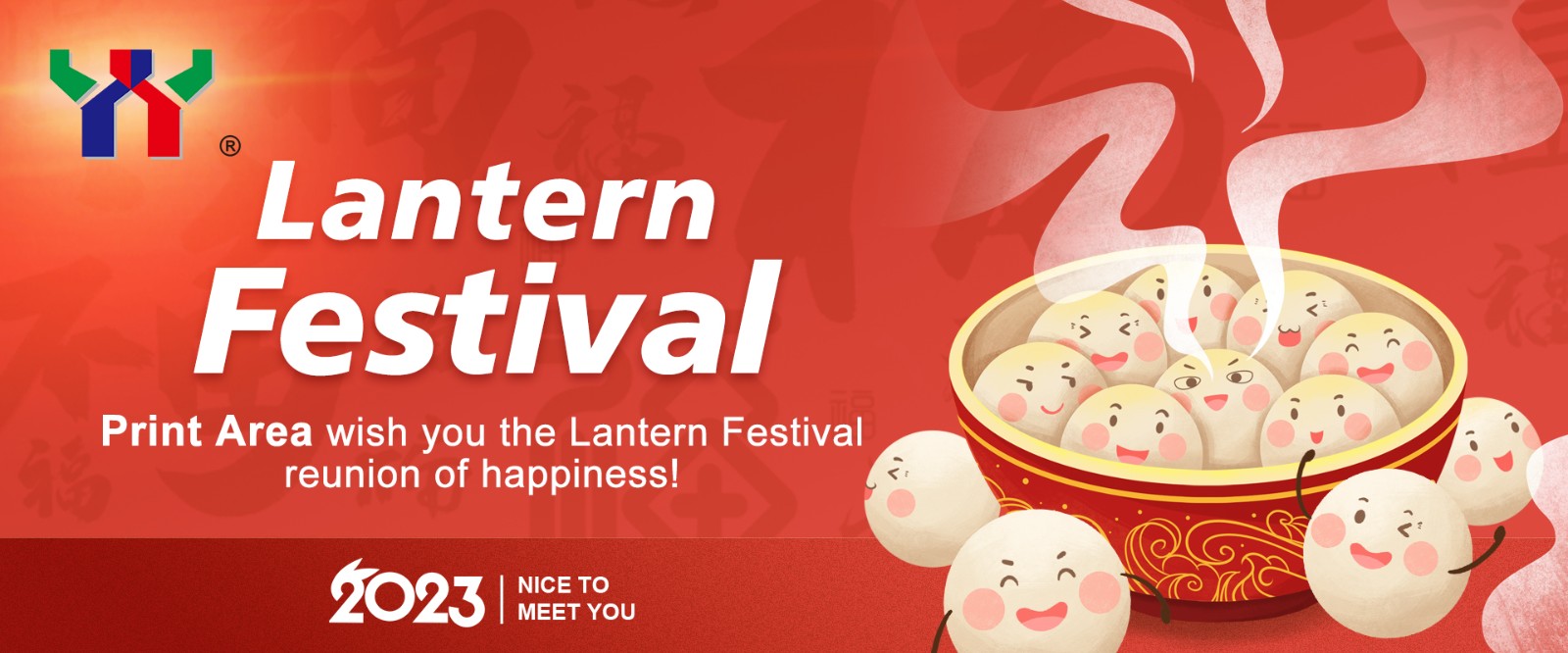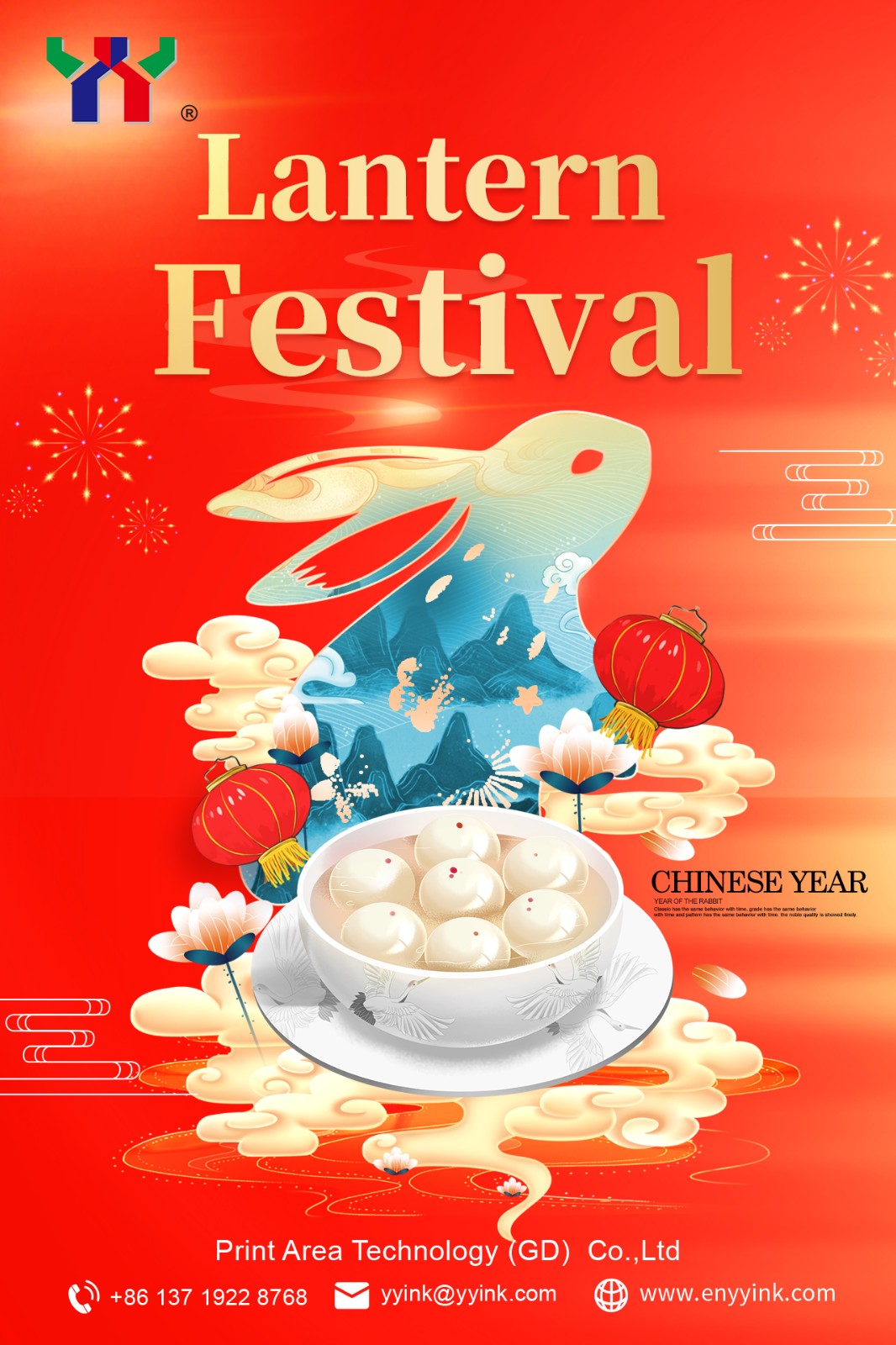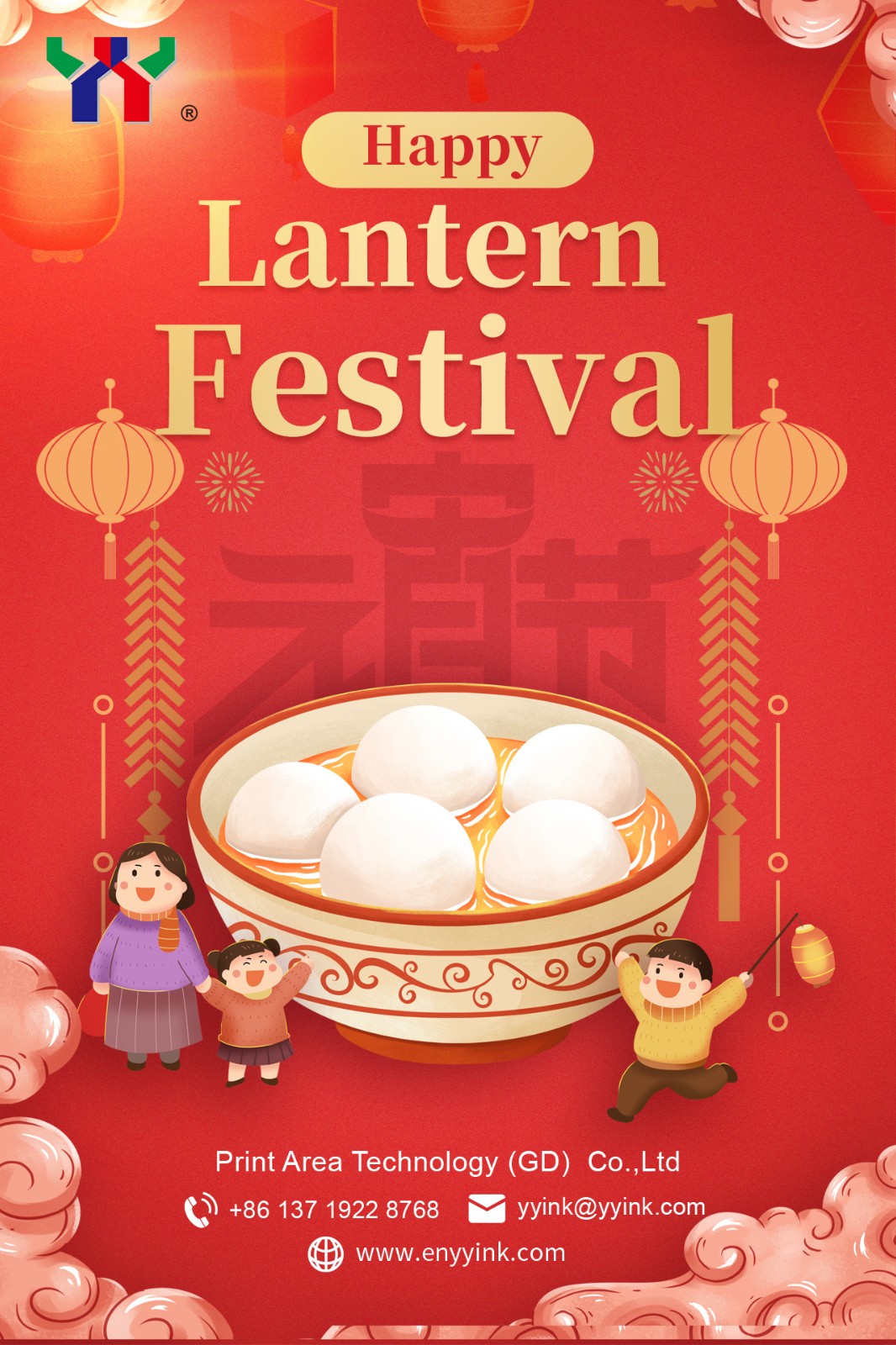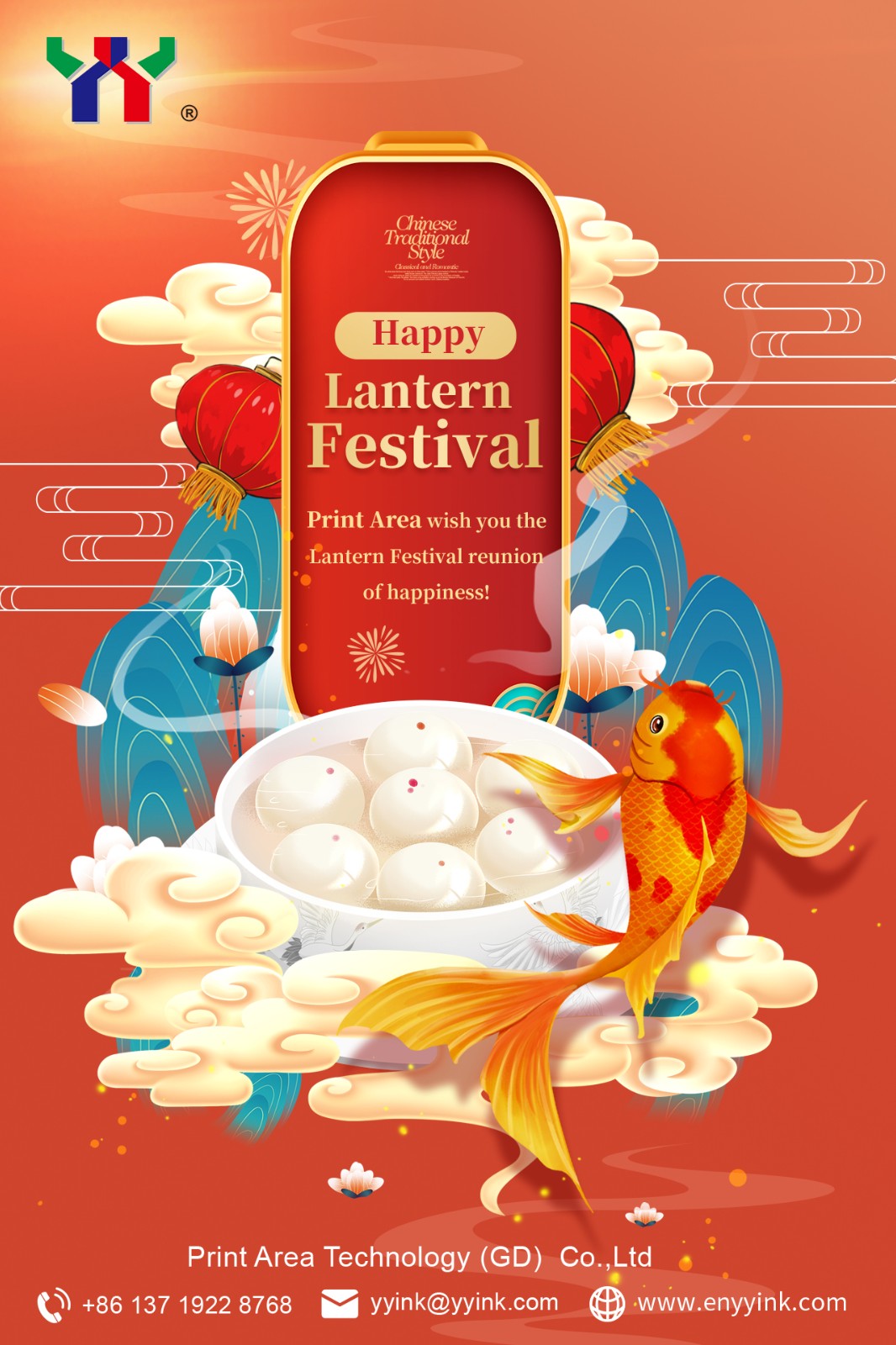Chinese Traditional Festival - Lantern Festival
The Lantern Festival, also known as Shangyuan Festival, Xiaozheng Yue, Yuanxi or Lantern Festival, takes place on the fifteenth day of the first lunar month every year.
The first month is the first month of the lunar calendar. The ancients called "Ye" as "Xiao". According to the Taoist "Sanyuan", the fifteenth day of the first lunar month is also called "Shangyuan Festival". The custom of the Lantern Festival has been dominated by the warm and festive lantern-watching custom since ancient times.

The formation of the Lantern Festival has a long process, which is rooted in the ancient folk custom of turning on lights to pray for blessings. According to general information and folk legends, the 15th day of the first lunar month has been valued in the Western Han Dynasty, but the Lantern Festival on the 15th day of the first lunar month really became a national folk festival after the Han and Wei dynasties.
The rise of the custom of lighting lanterns on the fifteenth day of the first lunar month is also related to the spread of Buddhism to the east. During the Tang Dynasty, Buddhism flourished. Officials and common people generally "lit lanterns to worship Buddha" on the fifteenth day of the first lunar month. Buddhist lights spread all over the people. Statutory matter.

The Lantern Festival is one of the traditional festivals in China. The Lantern Festival mainly includes a series of traditional folk activities such as viewing lanterns, eating glutinous rice balls, guessing lantern riddles, and setting off fireworks. In addition, many local Lantern Festivals have also added traditional folk performances such as dragon lantern tours, lion dances, stilt walking, dry boat rowing, Yangko twisting, and Taiping drum beating. In June 2008, the Lantern Festival was selected into the second batch of national intangible cultural heritage.

History development
festivals
The festival and festival activities of the Lantern Festival are extended and expanded with the development of history. As far as the length of the festival is concerned, it was only one day in the Han Dynasty, three days in the Tang Dynasty, and five days in the Song Dynasty. In the Ming Dynasty, the lights were lit from the eighth day of the first lunar month until the night of the seventeenth day of the first lunar month. It is the longest festival in Chinese history. The longest Lantern Festival is in line with the Spring Festival. The city is bustling during the day, and the lights are lit at night, which is very spectacular. Especially the exquisite and colorful lights make it the climax of the recreational activities during the Spring Festival. [In the Qing Dynasty, "hundred operas" such as dragon dance, lion dance, dry boat running, stilt walking, and Yangko twisting were added, but the festival was shortened to four to five days.
In ancient China, the Lantern Festival was a festival full of romance. Women who stay at home on weekdays can go out to enjoy the lanterns on this day, which also provides opportunities for young men and women to meet. It can be seen that the Lantern Festival creates a good opportunity for people to express their feelings, and it is also the "Valentine's Day" in ancient China.
evolution
During the period of Emperor Ming of the Eastern Han Dynasty, Emperor Ming advocated Buddhism. He heard that on the 15th day of the first lunar month, monks would light lamps to worship the Buddha. The Lantern Festival is admiring the lanterns. Later, this Buddhist etiquette festival gradually became a grand folk festival. The festival has experienced the development process from the palace to the folk, from the Central Plains to the whole country.
During the Southern and Northern Dynasties, lighting lanterns during the Lantern Festival became popular, but it was the Sui and Tang Dynasties that really made the custom of lighting lanterns popular during the Lantern Festival. In the Sui Dynasty, the Lantern Festival on the fifteenth day of the first lunar month was unprecedentedly grand. "Sui Shu·Liu Yu Biography" records: "Every first lunar month looks at the night, fills the streets and blocks, gathers and plays with friends. The drums are played and the sky is lit, and the torches are lit." At that time, the residents of Chang'an City would come out to watch the lanterns and the theater. The performances are also rich and interesting, "People wear animal masks, men wear women's clothes, advocating excellent juggling, strange shapes and shapes."
Since the Sui, Tang and Song Dynasties, the Lantern Festival has been very popular. "Sui Shu·Music History" said: "Whenever in the first lunar month, all nations come to court and stay in Jianguo Gate outside Duanmen until the fifteenth day, stretching for eight miles, and the opera is a theater." There are tens of thousands of people participating in singing and dancing. Dadan, let it be dark. The Lantern Festival in the Tang Dynasty was more lively than that in the Sui Dynasty. Tang Liusu's "New Words of the Tang Dynasty" records: "The first month of the capital city looks at the sun, and it is decorated with lanterns and shadows. The King Wu relaxes the prohibition and permits night travel. Noble ministers and relatives, as well as low-level workers and workers, all travel at night." [6] Tang Dynasty, with unprecedented national power During the powerful Tang Dynasty, Lantern Festival lantern viewing was very prosperous. Whether it was the capital city or the villages and towns, colorful lanterns were hung everywhere, and people also made huge lantern wheels, lantern trees, and lantern posts.
In the Song Dynasty, from the fourteenth to the eighteenth day of the first lunar month, there were lantern-burning activities. [6] In addition to the carnival of "women go out in the streets and alleys from night to day, men and women confuse" during the Lantern Festival in the Song Dynasty, there were officials distributing reds, and the king and the people rewarded the Lantern Festival together; there was even a sense of terror, and prison institutions would use lights, images, etc. Deduce stories about prison households or display prison equipment, etc. The Lantern Festival developed into the most lively secular carnival in the Song Dynasty, and the Lantern Festival became more colorful. The Lantern Festival lasts for five days, and the styles of lanterns are complicated and varied. Visiting the Lantern Market is a very pleasing thing. The poet Xin Qiji wrote: "The east wind puts flowers and thousands of trees at night, and it blows down, and the stars are like rain." At that time, guessing lantern riddles was also popular, that is, writing various lantern riddles on paper strips and pasting them on lanterns, and those who guessed correctly could get a small reward. This kind of entertaining and educational activity is loved by people and widely circulated.
In the Yuan Dynasty, most of the holidays were cancelled. The rulers of the Yuan Dynasty believed that life lies in exercise, and work is rest. There are only 16 days of holidays throughout the year.
The Lantern Festival in the Ming Dynasty lasted longer, from the eighth to the seventeenth day of the first lunar month, for ten days to show the prosperity of singing and dancing.
In the Qing Dynasty, foreign races entered the Central Plains, and the palace no longer held lantern festivals, but the folk lantern festivals were still spectacular. The Lantern Festival and the Qing Dynasty only lasted three days, but the folk lights are bright, and the lights are more exquisite and fantastic, which is still very attractive.
In modern times, the date was shortened to five days, which continues to this day. In 2015, the representative committee suggested that the Lantern Festival be a holiday. The festival customs of the Lantern Festival are very distinctive, developing, viewing lanterns and burning fireworks are still one of the main customs of the Lantern Festival.
Lantern house
When the folks worship God on New Year's Eve, they will set up a "Heaven and Earth Hall". People set up a small shed in the yard, and on the small table in the shed stands the god of "the true ruler of all spirits in the three realms of the world and ten directions". In front of the god, there are incense burners, offerings, and a lantern hanging. The lantern represents Jiang Taigong. seats. It is said that when Jiang Taigong conferred gods back then, everyone else conferred, but he forgot to consecrate himself, so he had no seat and had to sit with God.
Lanterns are related to gods, so they are also endowed with a lot of symbolic meaning.
In ancient times, in order to drive away the fear of darkness, lanterns were derived to have the meaning of exorcising evil spirits and blessings, and praying for light.
In Hokkien, the pronunciation of "lamp" and "ding" are similar, so lanterns are also used to pray for children, fame, and safety from evil.
There is a kind of "bright lamp". At the end of the year and the beginning of the year, lanterns are placed in temples to use the power of the Buddha to seek peace and prosperity throughout the year.
There are also farmers who set up long bamboo poles in the field and hang a lamp "Zhaotian Silkworm" to observe the color of the fire to predict the flood and drought conditions of the year, hoping for a good year.
"Sky lanterns", on this day, people celebrate with the ceremony of releasing sky lanterns, so it is also called "blessing lanterns" or "peace lanterns". Later, it gradually evolved into a folk activity of praying for blessings and making wishes to heaven. The sky lantern is filled with all kinds of prayers in my heart, hoping that the sky lantern can reach the heaven and bring people infinite hope and light.
There are many kinds of Lantern Festival lanterns, or image lanterns that imitate the images of things, such as dragon lanterns, tiger lanterns, rabbit lanterns, etc., or activity lanterns compiled according to folk stories, such as Cowherd and Weaver Girl, Twenty-Four Filial Piety, etc., to express loyalty and filial piety. The national spirit of righteousness. All kinds of lanterns are skillfully made, showing the wisdom and skills of craftsmen.
Lantern Festival
Lantern Festival
With the development of the times, the Lantern Festival has become more and more grand, with more and more national characteristics, and the duration of the Lantern Festival has become longer and longer. The Lantern Festival in the Tang Dynasty lasted one day before and after the Yuan Dynasty, and three days; in the Song Dynasty, two days were added after the sixteenth day, making it five days; in the Ming Dynasty, it was extended to a full ten days from the eighth day to the eighteenth day. Because the lamp period is different, the first day of lighting is called "testing lamp", the day of fifteenth is called "positive lamp", and the last day is called "candeng" and "lantern". There are also theories called "magic lamp", "human lamp" and "ghost lamp". On the fourteenth day and night, it is a "magic lamp", which is placed in front of the gods and ancestral halls at home to worship the ancestors of the gods; Six days and nights are "ghost lamps", which are placed in mounds and fields, so that wandering souls can get out of the ghost domain. Pray for God's will above, protect the common people below, gods, men, ghosts and animals, nothing is missed.

Print Area is professional in printing industry 20+ years.
Security Paper:Watermark Paper,UV Fiber Paper,Thread Paper
Security Ink:OVI,UV Invisible Ink,Magnetic Ink,Water Sensitive Ink,Watermark Ink,Glow in Dark Ink
Offset Ink:Soy Bean Offset Ink,UV Offset Ink
Printing Materials:PS Plate,Rubber Blanket,Underpacking Foil,Underpacking Paper.
Machine:Die Cutting Machine,Offset Machine,UV Flexo Machine,UV Coated Machine ect.
Please don’t wait and contact with
Caroline:+8618026391301(wechat & whatsapp avaliable.)
Email:fluorescentink@yyink.com
Web:www.printarea.cn





